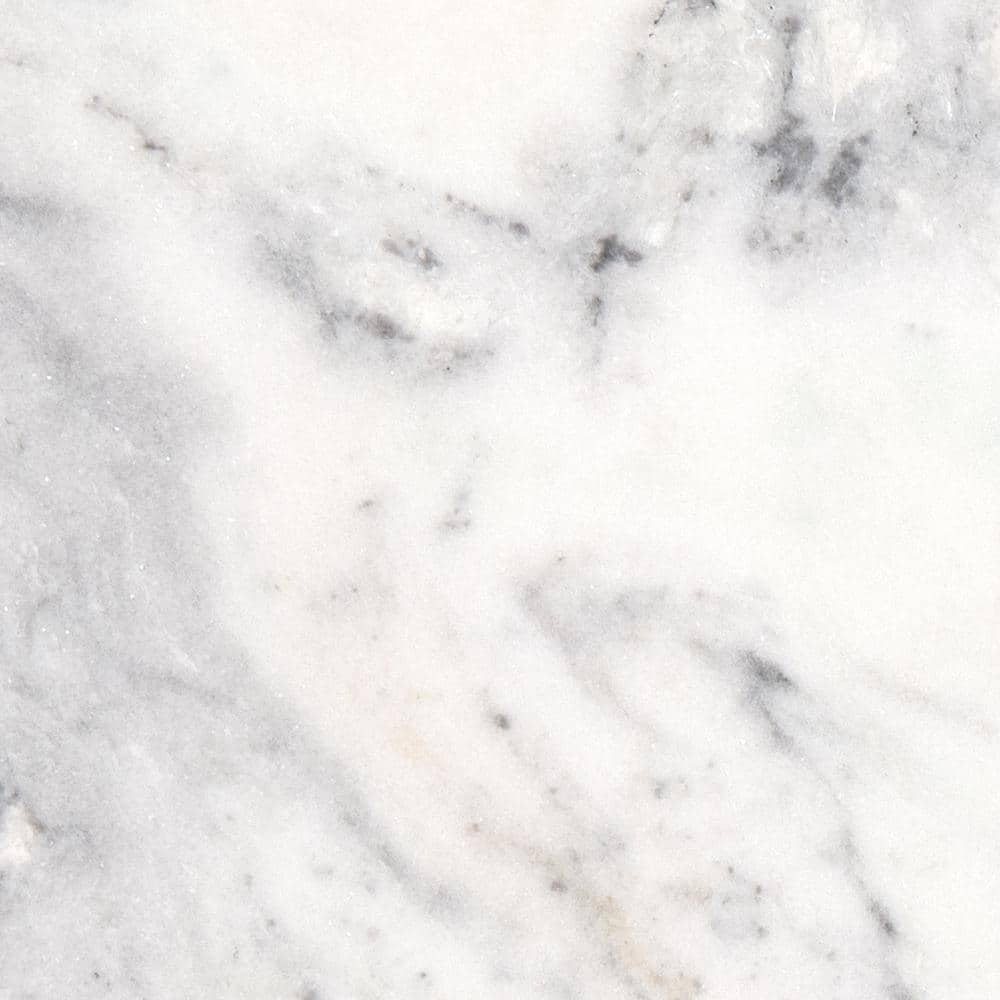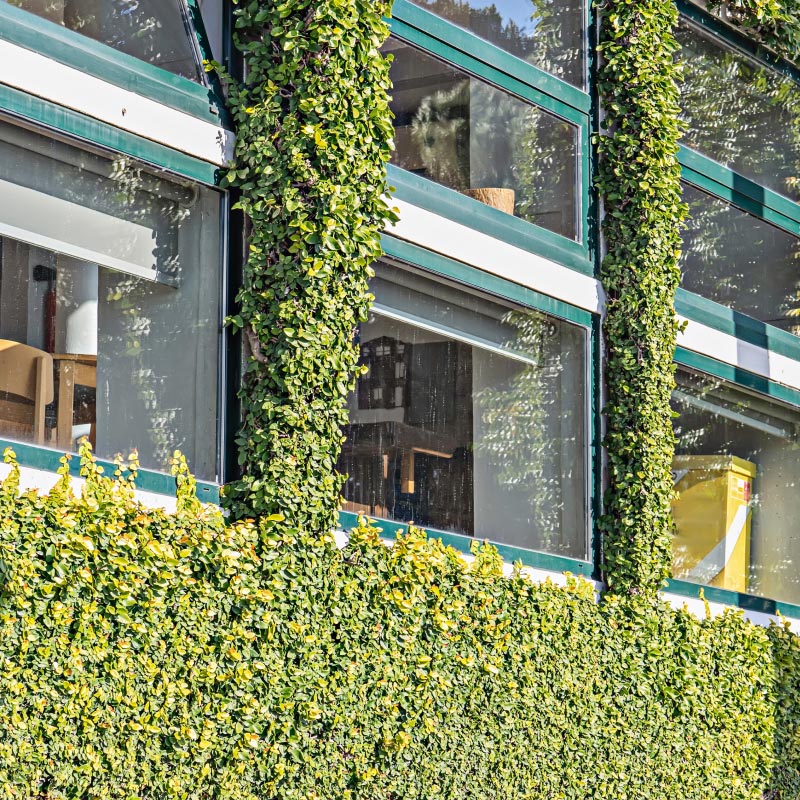9 Ways to Design With Nature
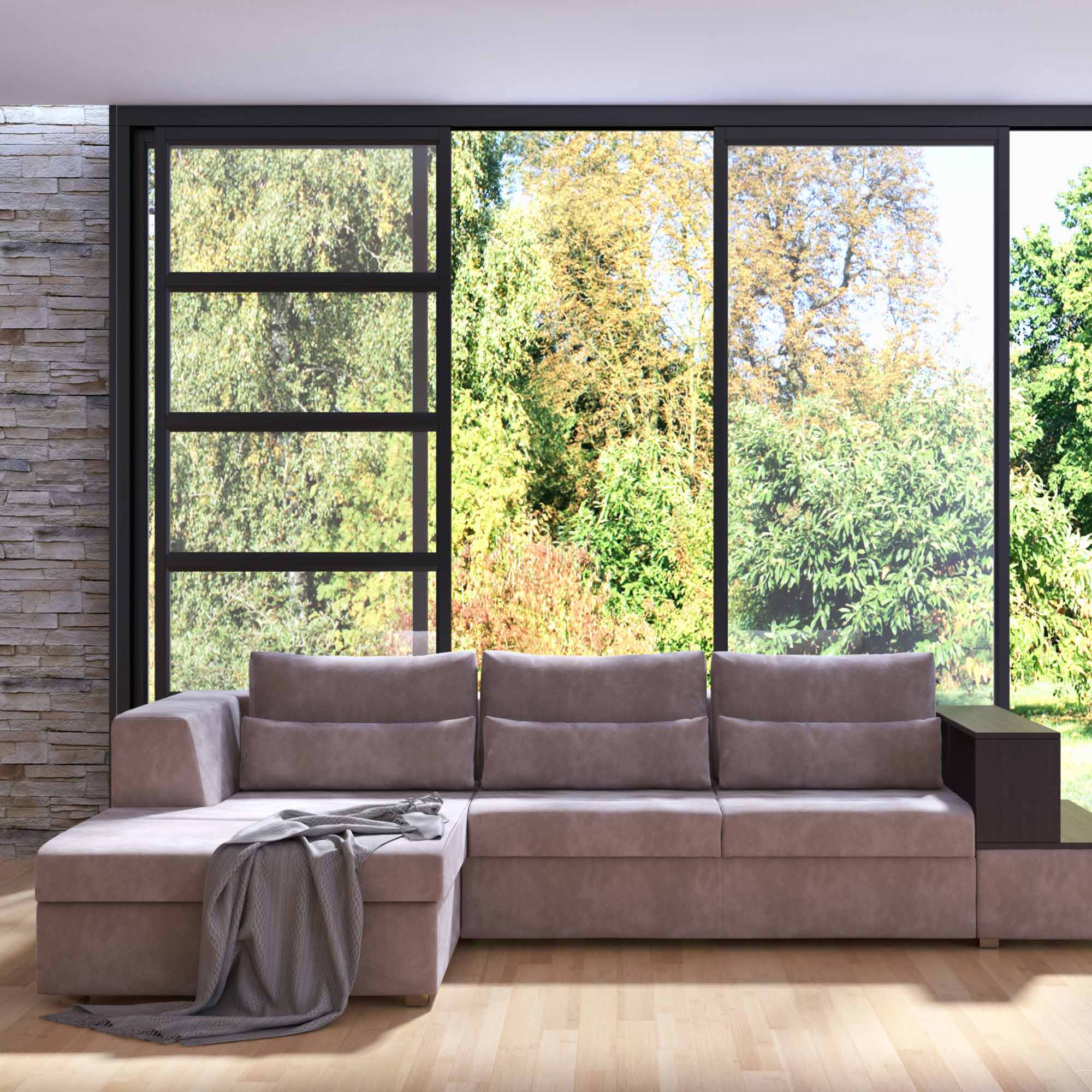
Last updated August 12, 2024
Americans spend about 90% of their lives indoors, according to the Environmental Protection Agency. Biophilia is a popular interior design trend that uses nature to evoke the positive feelings of being outdoors.
Designing with nature uses indoor plants, wood grains, natural colors and more to create a sense of well-being and reduce stress. This guide reviews how to take design inspiration from live plants, natural light, the four elements and more.
Table of Contents
Design With Live Plants
Design With Artificial Plants
Design That Evokes Nature
Design That Evokes Nature on Walls
Design With Air
Design With Water
Design With Live Plants
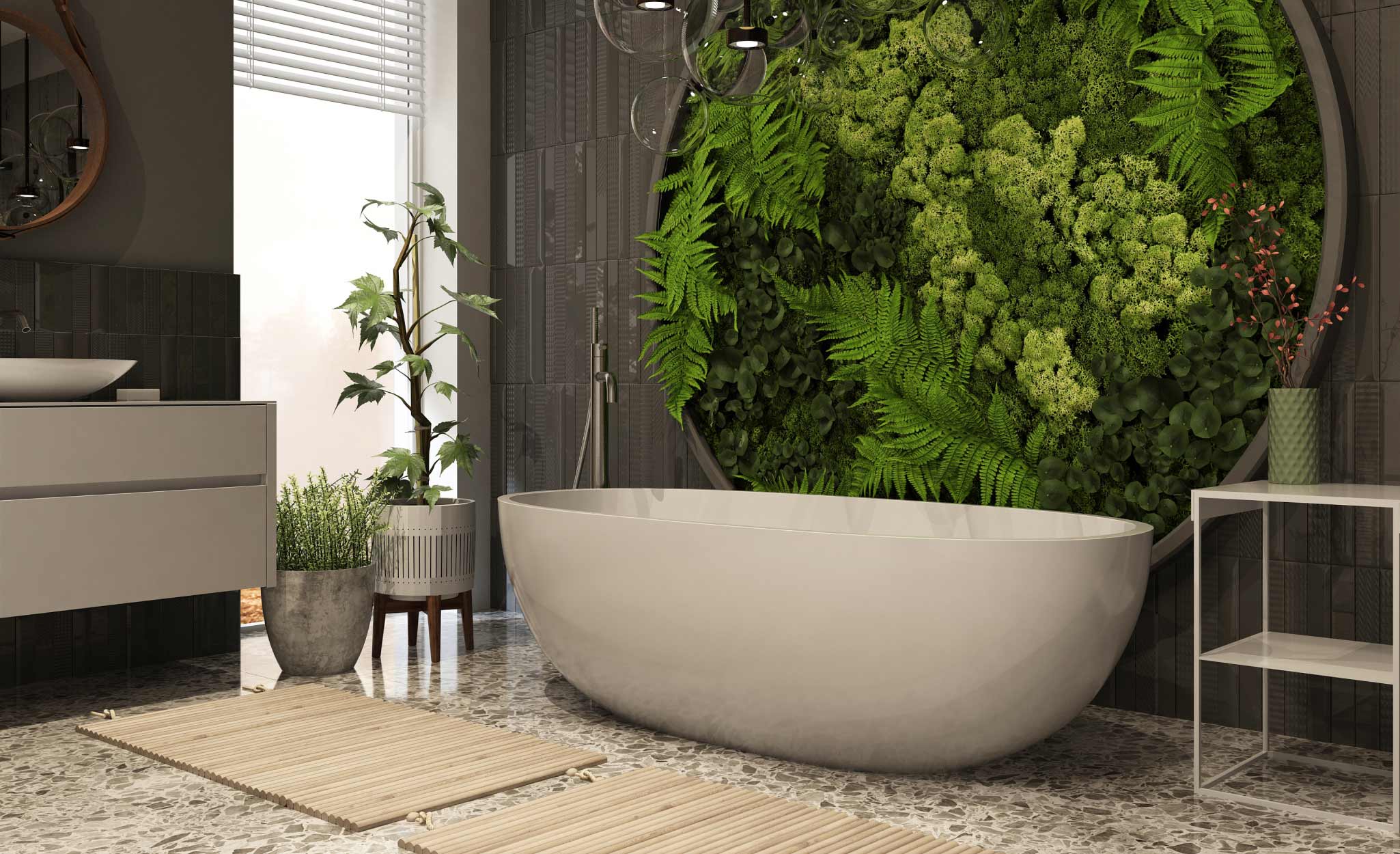
There are many ways to use nature in interior design. Perhaps the most common approach involves bringing live plants into residential or commercial areas. Live air-purifying plants improve air quality by generating oxygen and some can remove VOCs (volatile organic compounds), including bamboo trees, rubber plants, areca palms and peace lilies.
These are some ways to decorate with live plants.
- Create a vertical garden or living wall.
- Use plants, such as dangling or wrapping vines, to take up empty space in a room.
- Hang indoor plants from ceilings or place them atop bookshelves or other elevated surfaces. This fills the visual space and keeps the plants out of reach of pets.
- Put larger plants or trees in corners.
- Line a staircase with plants.
- Place high-humidity plants in bathrooms for a spa-like atmosphere.
- Place low-light plants in darker rooms and corners.
- Cactuses and succulents provide unique visual appeal while being much lower maintenance than most potted plants.
Pro Tip: Some popular plants can be harmful if eaten. Be sure to use dog-safe and cat-safe plants in homes with pets.
Design With Artificial Plants
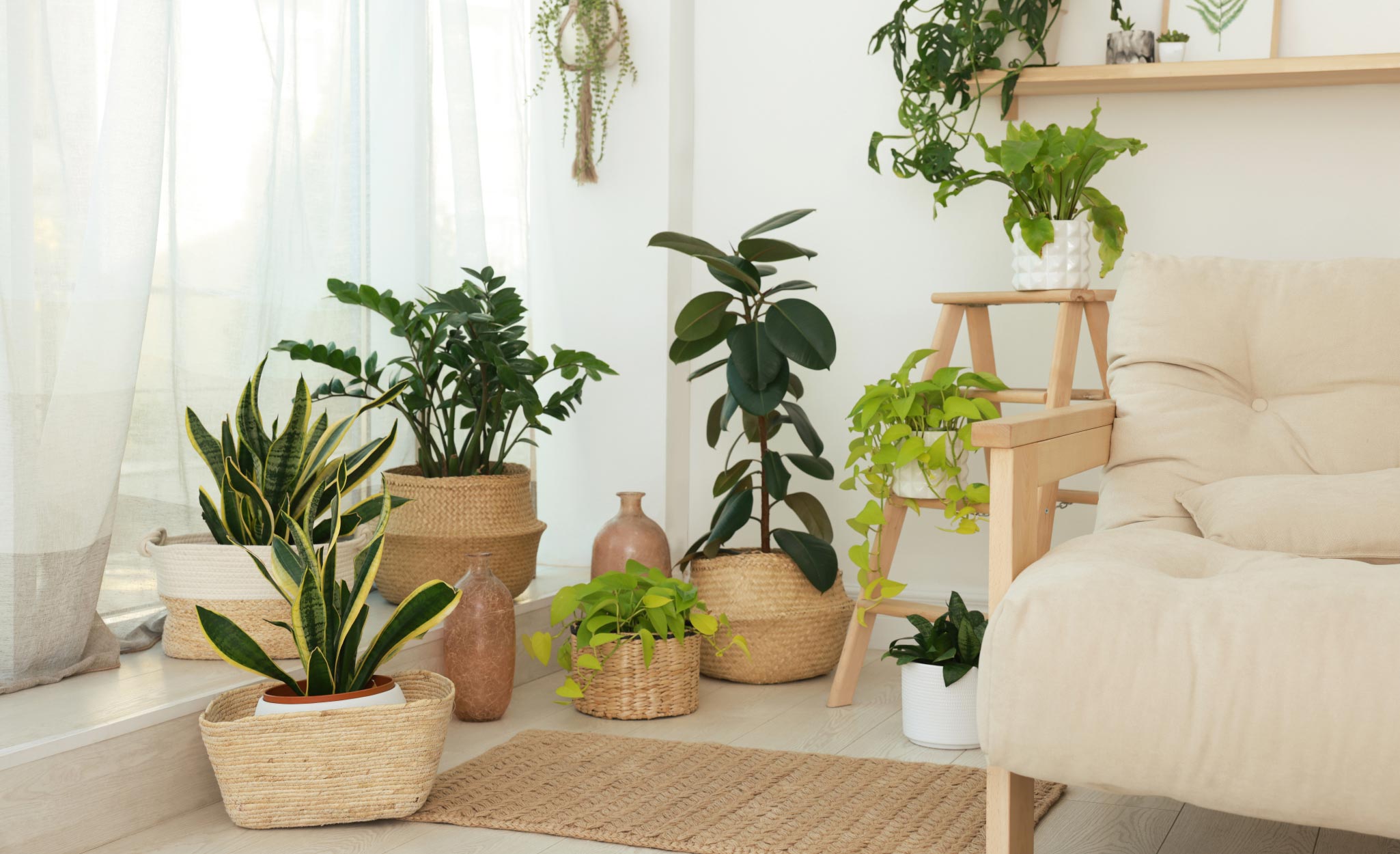
Artificial plants do not create oxygen but can create positive feelings comparable to live plants in interior design.
Moss walls and moss art can be both decorative and noise-dampening, perfect for home or commercial offices. Moss walls are not alive but consist of preserved moss and other natural materials. They don’t need light or water but should be kept in humid locations. Locations with 40-50% humidity are recommended.
Artificial branches and stems, as well as dried branches, bring parts of the forest into a home or office.
Pro Tip: Artificial plants may be less popular than live plants, but properties decorated this way still appeal to Millennials and other environmentally-minded groups. (Read our guide Trends Review: What Is Biophilic Design?)
Design That Evokes Nature
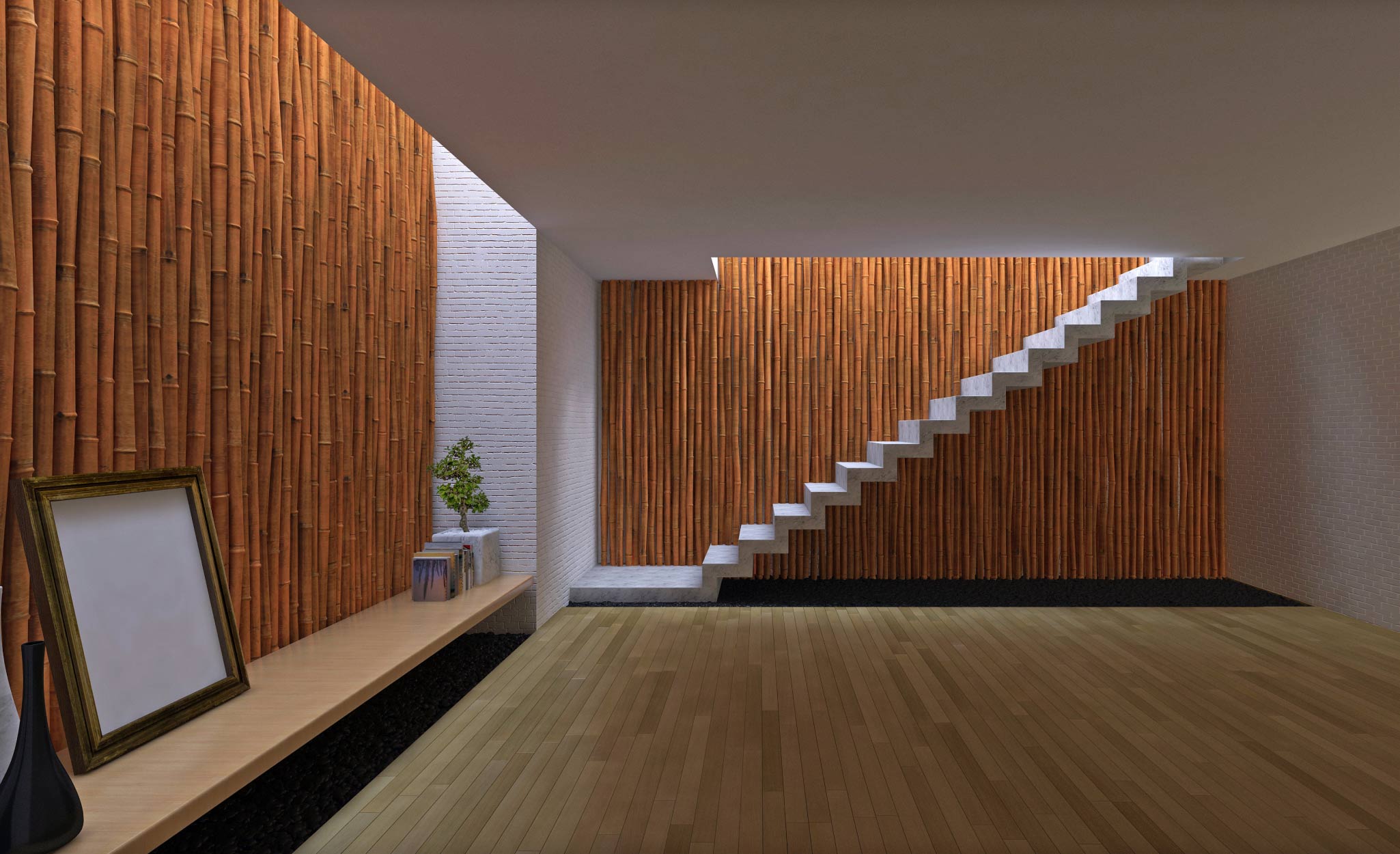
When you can’t bring the outside in, create an indirect experience of the natural world. This involves decorating with colors, textures and patterns commonly found in nature, including the following:
- Interior design with natural materials such as exposed wood grains, bamboo, rattan, cork and stone countertops.
- Wood wall paneling or flooring that uses textures inspired by nature, such as mats that resemble wood.
- Decorating with natural fabrics such as cotton, wool or linen, including upholstery, area rugs, throws and bed linens.
- Kitchen or dining room tables with wooden bowls and utensils on placemats of jute or other natural materials.
- Shapes and patterns from nature, such as curves or branching lines, as found in fern fronds, tree branches and the veins of leaves.
Pro Tip: Use colors, materials and other design elements inspired by the home or office’s natural surroundings. For example, if your yard or neighborhood includes palm trees, incorporate the shapes or colors of palm fronds in your design.
Design That Evokes Nature on Walls
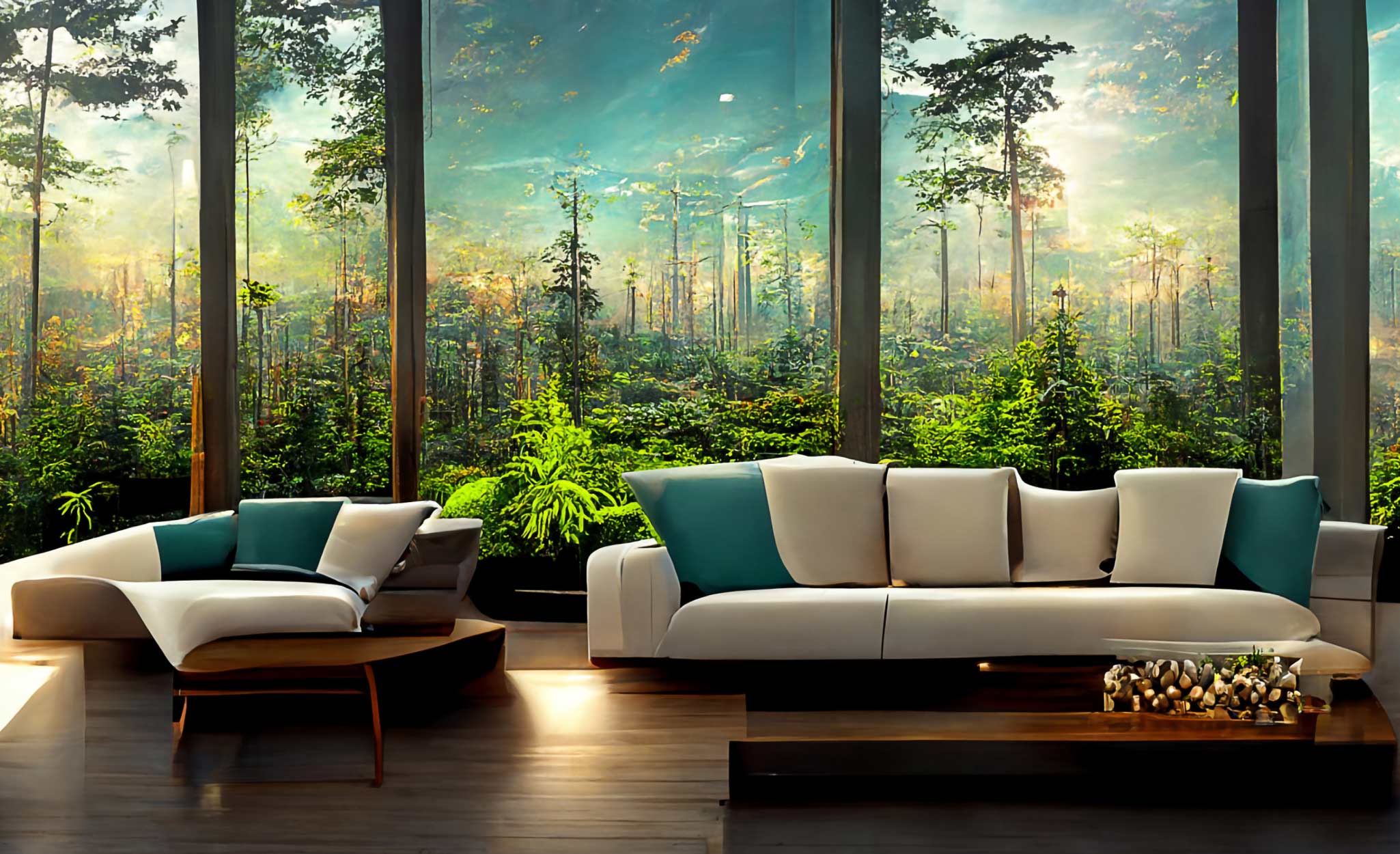
Wall decorations can be especially effective at evoking nature in a space. In addition to using live or artificial plants, consider the following options.
- Painting with natural colors such as brown, blue and green can create a soothing atmosphere.
- Wallpaper that uses floral or wildlife patterns can evoke the outdoors in artful ways.
- Wall art that depicts nature scenes, such as art prints and photographs, can depict tranquil moments or even past moments.
Design With Air

Another way to think about biophilic design is to consider décor that uses the four classical elements—or air, water, earth and fire.
Circulating air can engage multiple senses and offer a more healthy alternative than stagnant indoor air.
- Ensure the space has as much fresh air as possible. This includes opening windows whenever weather permits.
- Using high-volume, low-speed (HVLS) ceiling fans effectively increases the air flow and can create the sensation of a light breeze.
- Natural ventilation systems offer more sustainable approaches to air circulation.
Design With Water
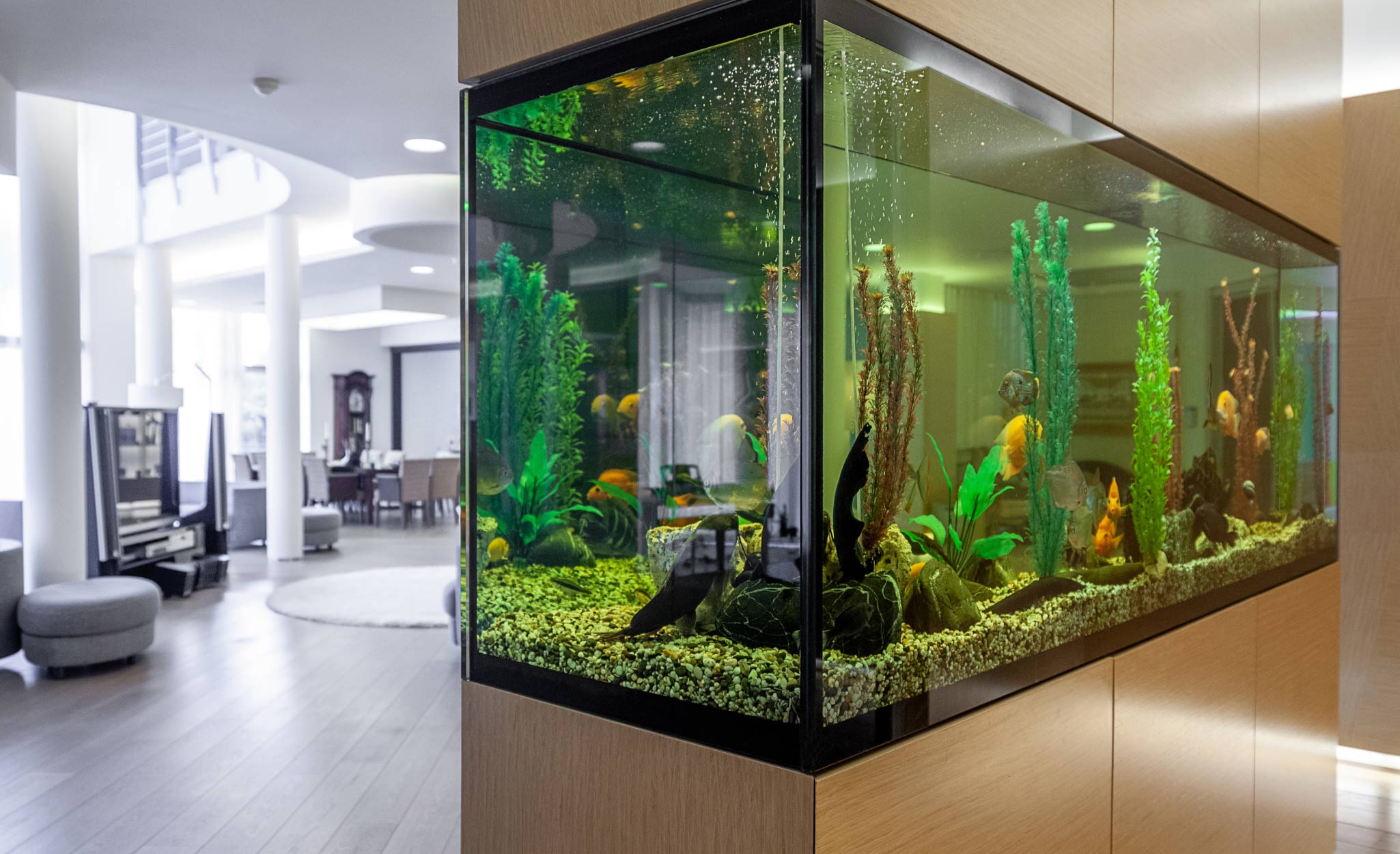
The sights, sounds and sensations of water are naturally soothing and provide an effective element in biophilic design. These are some ways to use water in interior design:
- Indoor water fountains, including wall fountains, not only provide visual appeal, but the sound of water offers a calming form of white noise at home or office, including reception areas.
- Birdbaths, reflecting pools and other water features can fit effectively in yards, patios or workplace courtyards.
- Rain shower heads are designed to create more a natural, rainfall-type shower sensation.
Pro Tip: Aquariums with live fish can make compelling features in any space but require lots of care.
Design With Earth
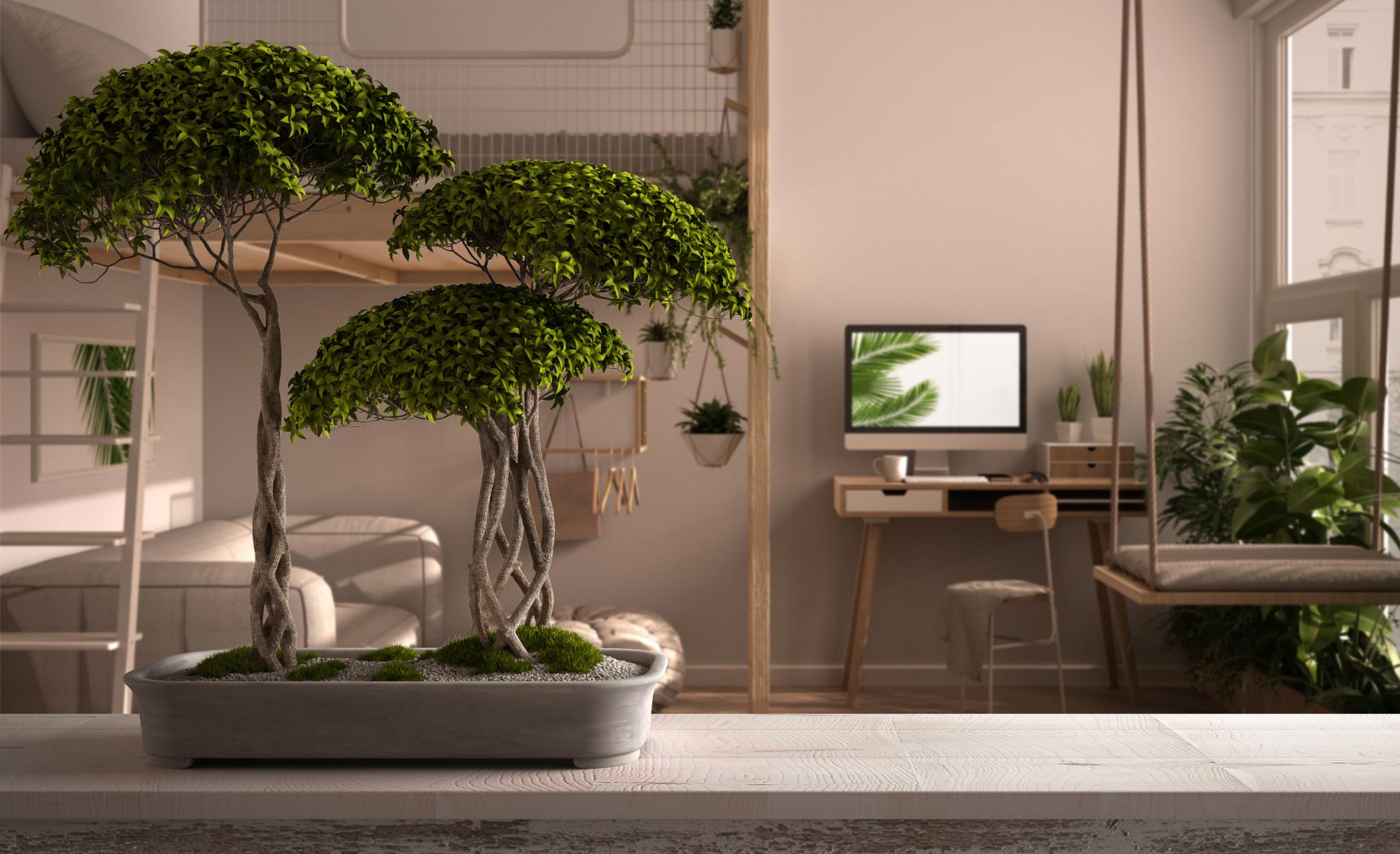
Biophilic design frequently takes inspiration from the colors, materials and textures of the earth and natural landscapes.
- Smooth stone suits contemporary home designs, while more rugged or rough stone decorations fit more rustic homes.
- Earthenware and ceramic vases can be both functional and decorative.
- Earth tones are extremely popular paint options.
Design With Fire
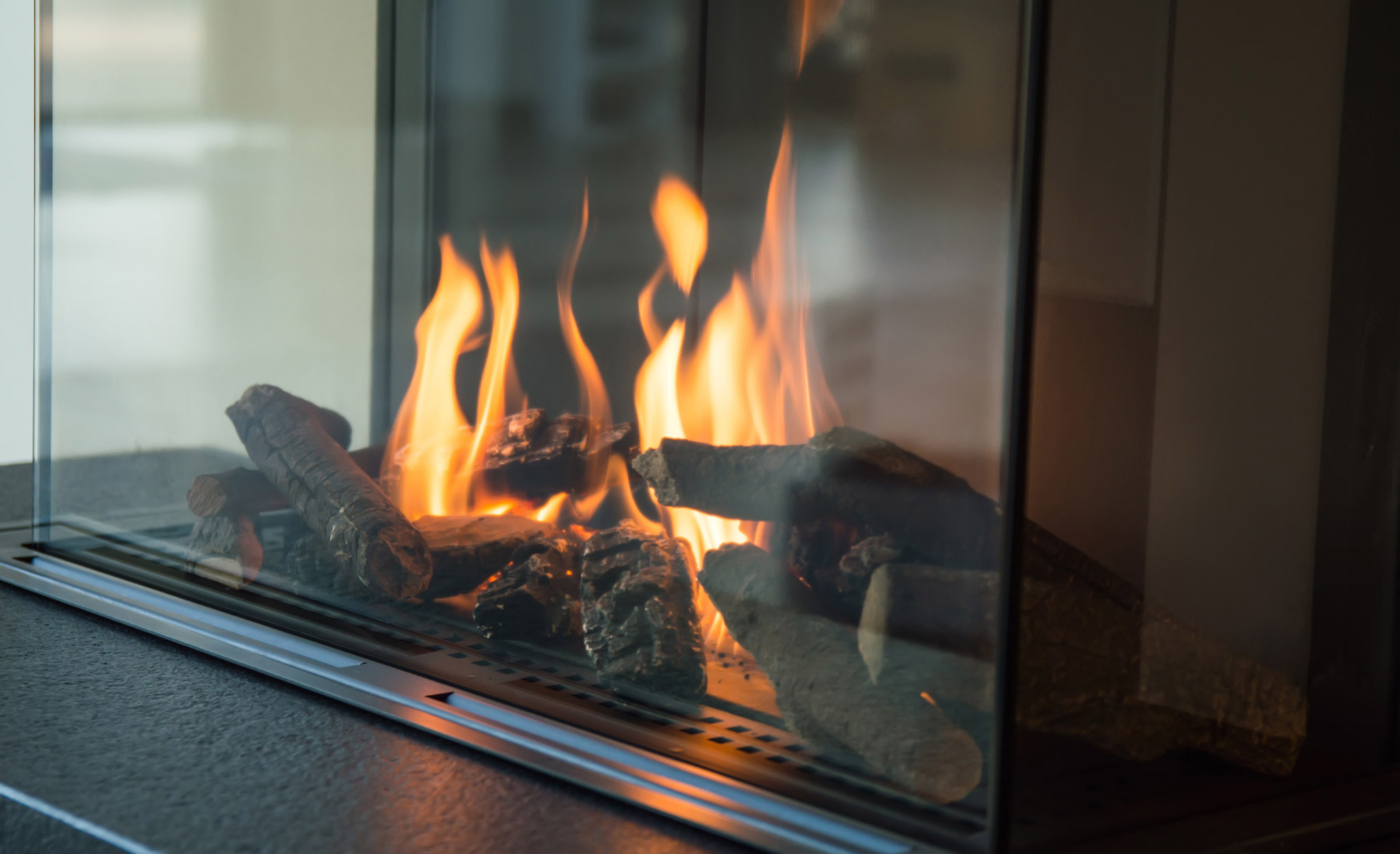
Fire is not commonly considered part of nature but provides physical warmth, appealing colors and relaxing sounds.
- Fireplaces are popular decorative features in living rooms, while fire pits provide places to gather outdoors, especially during evenings or cooler weather.
- Electric fireplaces also provide appealing features without the required maintenance or hazards of real fire.
- Candles give off soft, warm light that can create a relaxing mood.
Design With Light
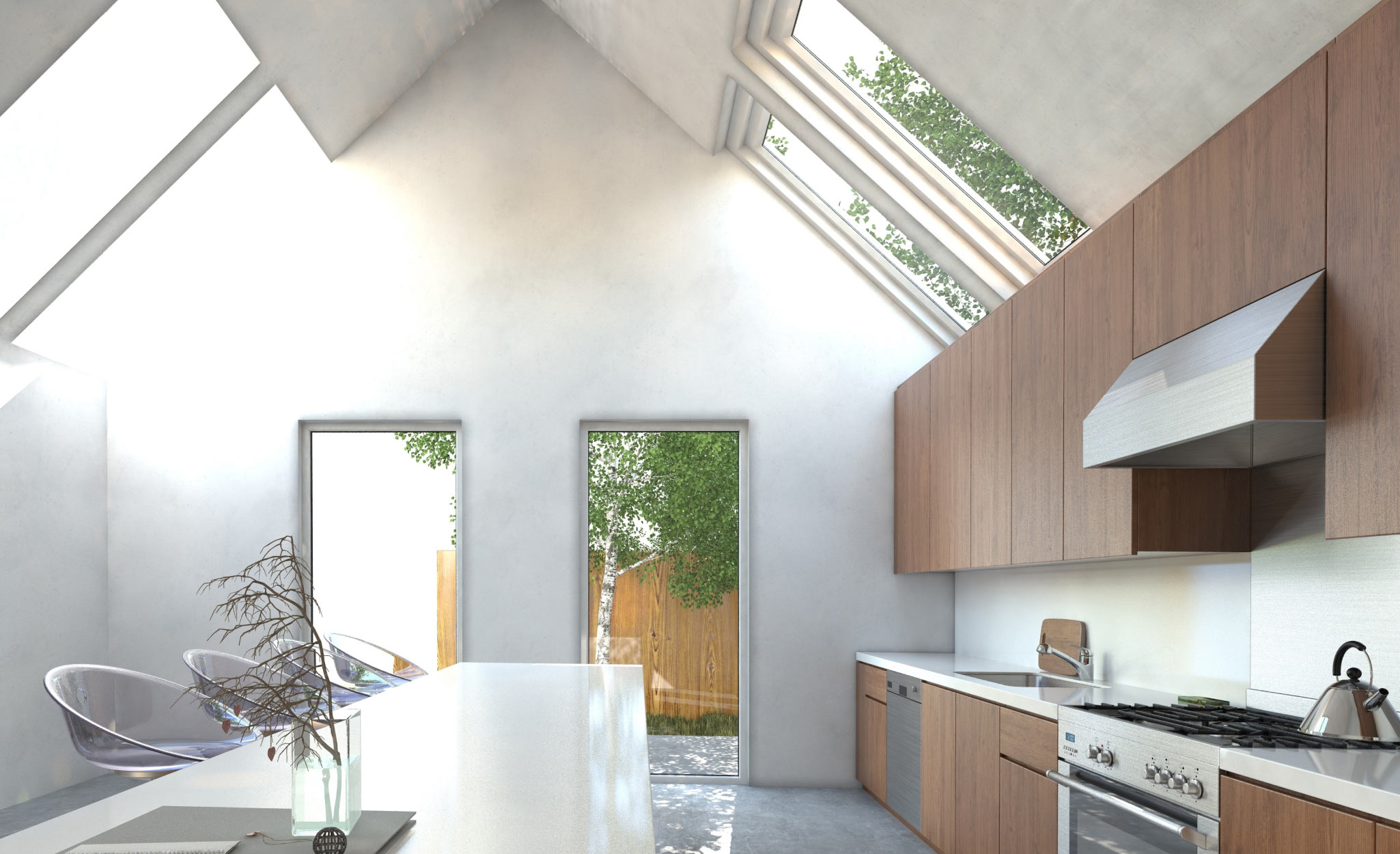
Natural light has long been an appealing feature at homes or offices, and not just for the increased Vitamin D. Natural light, as opposed to fluorescent light, can reduce stress and increase energy. Here are some other ways to use light in design.
- Increase use of natural light through skylights and large windows. This includes keeping the windows unblocked and opening blinds when appropriate.
- Use cool blue or white lights to imitate natural light. Some offices use circadian lights to alter the color of the lighting over the course of a day to mimic natural illumination.
- At home, move furniture close to windows to increase exposure to natural light.
- If the building has a view of attractive scenery, make sure the architectural features take advantage of it, whether with larger windows, patios or balconies.
More Tools. More Products. More Perks.

Be more competitive and boost your bottom line with Pro Xtra, The Home Depot’s free loyalty program built for Pros. Sign up today to access the enhanced Pro Online Experience, built with the online business tools and time-saving features Pros need.
Save up to 20% on paints, stains and primers with Pro Xtra Paint Rewards. Pro Xtra members get free delivery on orders of 24 gallons or more, member savings in stores and online, as well as paint reps available to support business needs.


